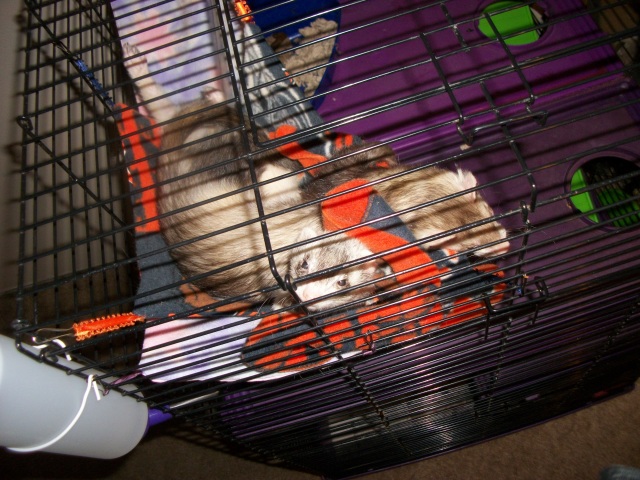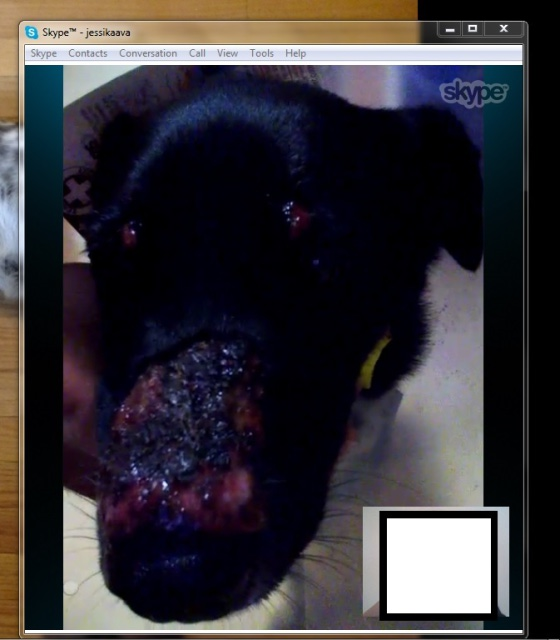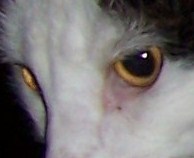QuestionQUESTION: Our vet said that our dog (neutered male, mixed breed, 18 lbs) has stud tail and to use Stridex. I haven't seen any change yet (after a few weeks of use.) Where exactly is the gland that causes this, and is it visible? All I can see is a nearly bald patch (no lumps or open skin.)
ANSWER: The gland often has to be removed. It is located on the top of the tail very close to the base of the tail where it meets the body.
---------- FOLLOW-UP ----------
QUESTION: Our dog's balding spot is about 2-3" from the base of the tail. Between the base and the spot the fur looks normal. If the Stidex doesn't help, are their other things to try? Is it mostly a cosmetic problem? We just have to put up with the spots as long as he has the gland?
Is it just coincidence that he also has anal gland problems, scoots, etc? I hesitate to have the anal glands removed since the incision might get infected since he'd need to be going to the bathroom while it heals.
Thank you.
AnswerSometimes these sebaceous glands making up the "stud tail" are infected. Systemic drugs like tetracycline or doxycycline may help treat the infection and reduce the sebaceous secretions. Mupirocin creme is very effective at diffusing through the skin to kill bacteria. Ask your vet about these suggestions.
As far as having anal gland surgery, infection is always a concern, but good surgical suturing and antibiotics can prevent these infections so the incisions can heal up. Anal gland problems are usually caused from infection, so surgery is not really adding to the problem.

 Skin lesions/sores on cat
Question
Jacks belly
My daughters cat, Jack is aprox 3
Skin lesions/sores on cat
Question
Jacks belly
My daughters cat, Jack is aprox 3
 Blind Ferret?
QuestionQUESTION: How can you tell if a ferret is blind
Blind Ferret?
QuestionQUESTION: How can you tell if a ferret is blind
 Dachshund yeast infection in ear-lameness
Question
Pearl
Hi! My 11 yr. old dachshund has a
Dachshund yeast infection in ear-lameness
Question
Pearl
Hi! My 11 yr. old dachshund has a
 Giant Blisters/Scab on Nose & Spreading
Question
Dogs Snout and Eye
Hello,
We have take
Giant Blisters/Scab on Nose & Spreading
Question
Dogs Snout and Eye
Hello,
We have take
 Cat with yellow eyes
Question
eyes
A friendly white female cat has recently
Cat with yellow eyes
Question
eyes
A friendly white female cat has recently